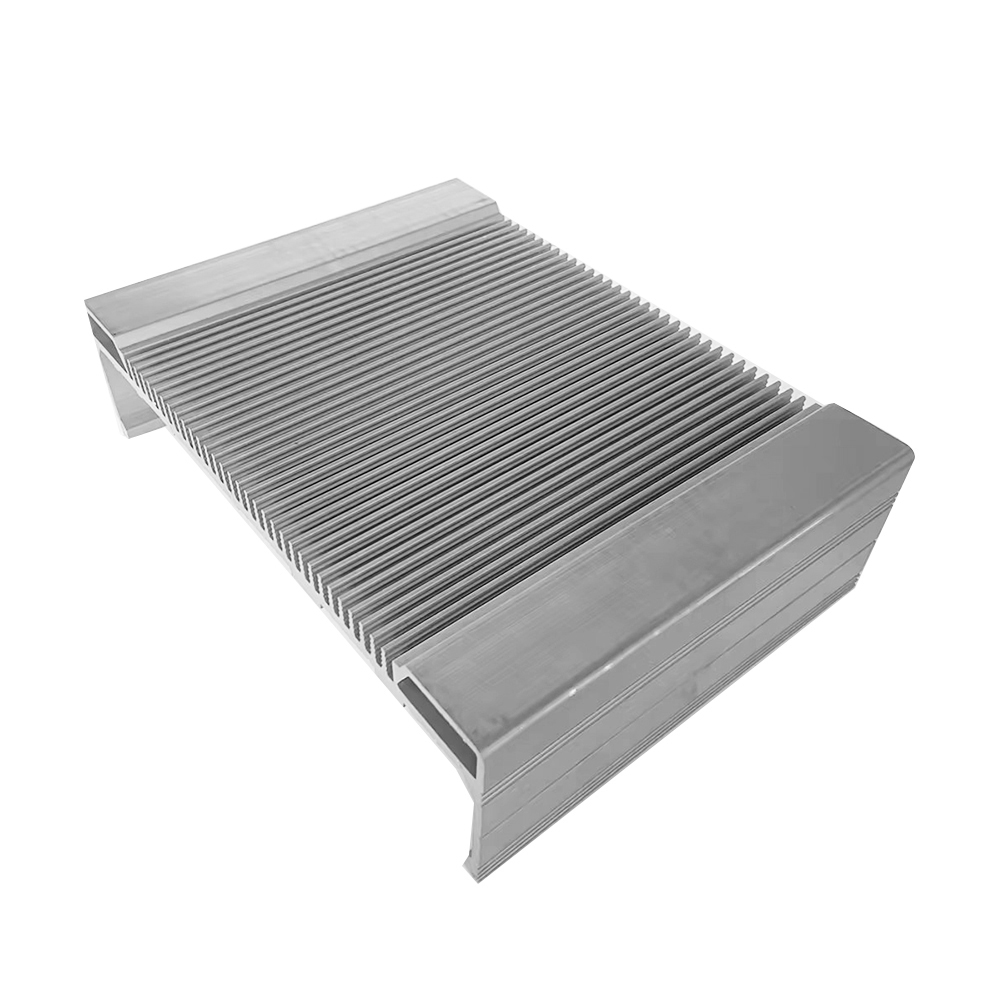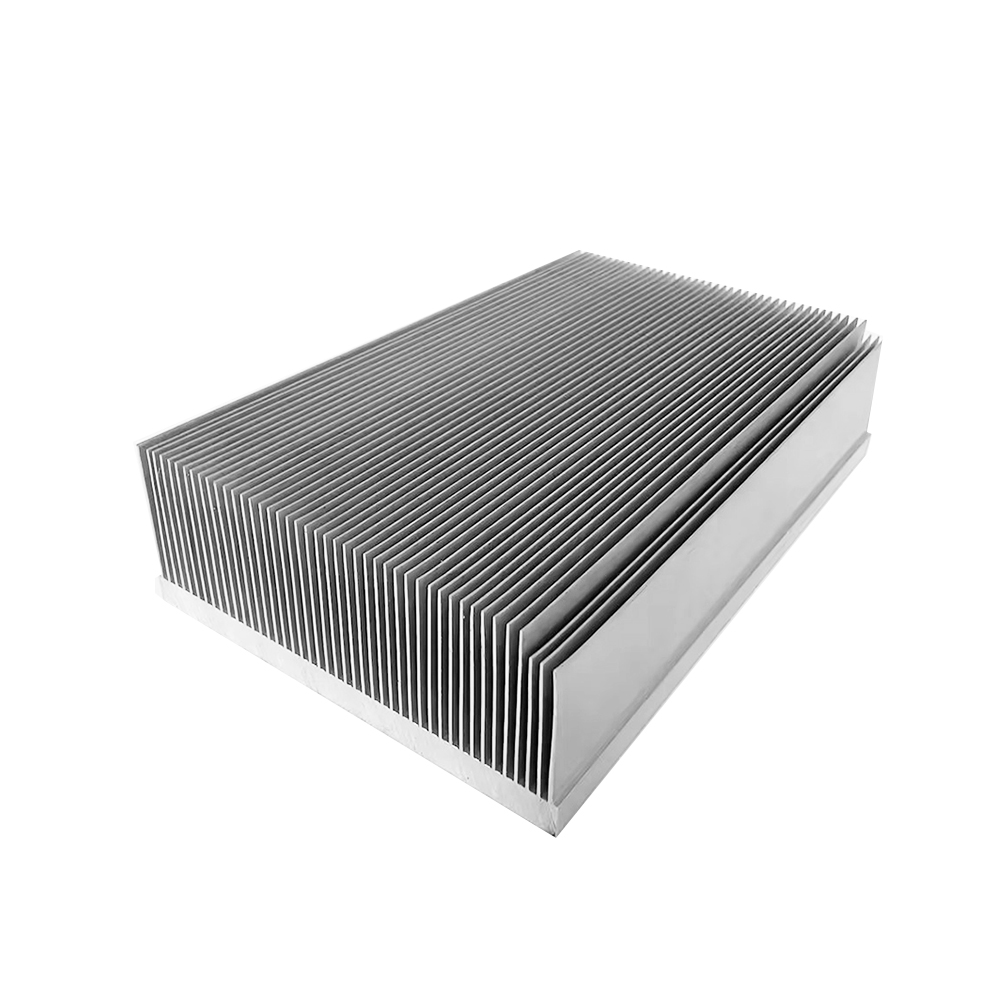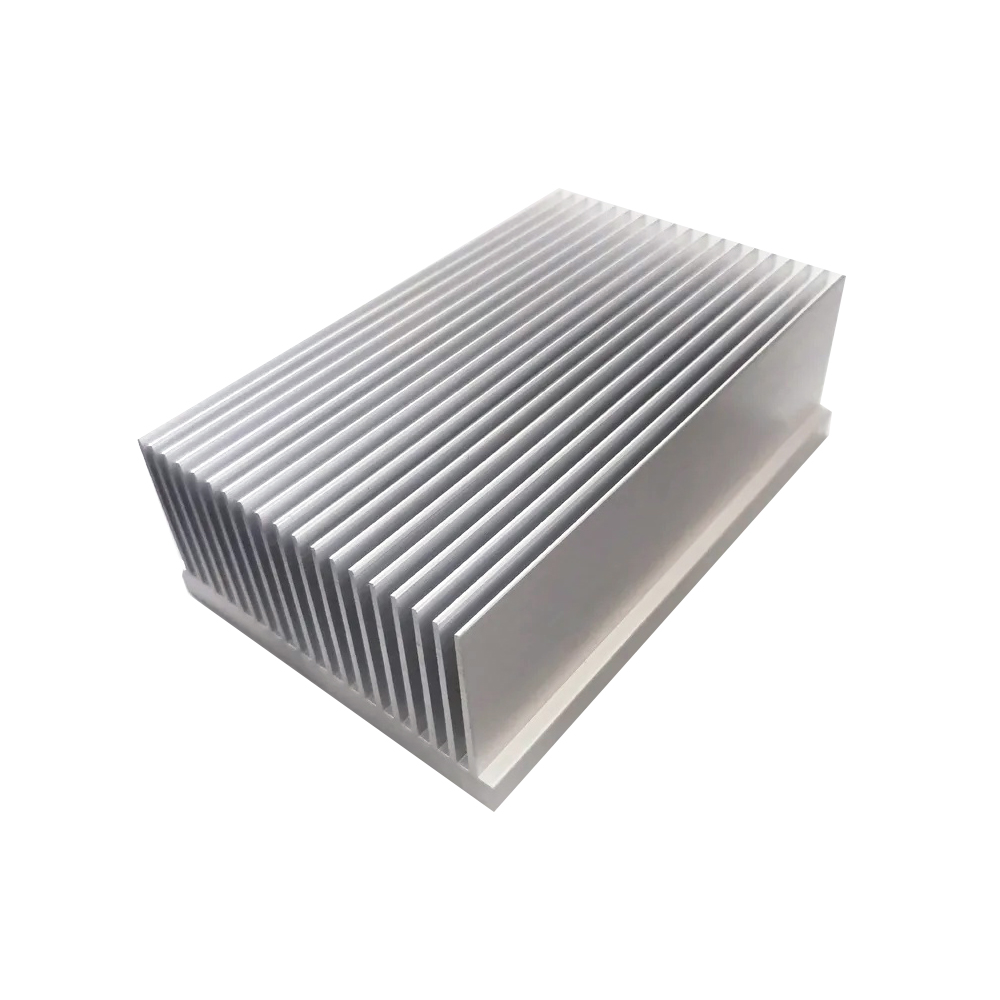In the modern age, where electronics permeate every facet of our lives, the ability to manage heat is more crucial than ever. As devices become more powerful, the accumulation of heat within them is inevitable. Effective thermal regulation prevents overheating, which can reduce efficiency, cause malfunction, and ultimately shorten the lifespan of electronic components. The need for efficient heat dissipation has given rise to various cooling solutions, among which aluminum heat sink plates have emerged as a particularly popular choice.
1. The Significance of Thermal Regulation
Effective thermal management is essential for maintaining the performance, reliability, and longevity of electronic devices. High temperatures can lead to thermal stress, degrade the material properties of components, and induce circuit failures. With a growing demand for smaller, faster, and more powerful electronics, the need to address these challenges has never been more pressing.
Challenges in Modern Electronics
As electronic devices evolve, their power density increases, creating more heat in a confined space. This trend presents a considerable challenge in thermal management. Without proper cooling systems in place, components can overheat, leading to performance degradation, system crashes, or even permanent damage.
2. What Are Aluminum Heat Sink Plates?
Aluminum heat sink plates are passive cooling devices used to dissipate heat generated by electronic components. They are made from aluminum due to the metal’s excellent thermal conductivity and lightweight properties. These heat sink plates are designed with fins or other structures that increase surface area, allowing more efficient heat transfer from the electronic component to the surrounding air.
Composition and Properties of Aluminum
Aluminum is renowned for its high thermal conductivity, which allows it to efficiently transfer heat from an electronics component to the environment. Additionally, it is a lightweight metal, making it an ideal material for compact electronic devices. Its versatility in terms of molding and machining also allows for the creation of heat sinks in various shapes and sizes. Furthermore, aluminum’s ability to resist corrosion ensures the longevity of the heat sink plate in harsh operating conditions.
How Heat Sink Plates Function
Heat sink plates work by conducting heat away from the hot surface of an electronic component and then dispersing it into the surrounding air. The fins on a heat sink plate create additional surface area, allowing more heat to be transferred away from the device. As air flows over the heat sink, it absorbs the heat and carries it away, reducing the overall temperature of the component.
Aluminum Heat Sink Plate Manufacturer
3. The Role of Aluminum Heat Sink Plates in Electronics
Aluminum heat sink plates play a critical role in enhancing the efficiency and reliability of electronic systems by mitigating the risks of overheating. Their primary function is to ensure that the heat generated by a component is dissipated efficiently, allowing the system to operate within safe thermal limits.
Improving Heat Dissipation
Heat sink plates are designed to maximize surface area, which accelerates the process of heat exchange. By increasing the surface area available for heat transfer, aluminum heat sinks efficiently dissipate heat away from the component. This not only maintains optimal performance but also enhances the overall efficiency of the device by preventing thermal throttling.
Preventing Overheating and Component Failure
Without proper thermal management, electronic components can experience thermal runaway, which occurs when heat builds up uncontrollably, causing damage to sensitive components. Aluminum heat sinks prevent such occurrences by maintaining a stable operating temperature. In high-performance systems, such as CPUs and GPUs, heat sinks are essential to prevent thermal damage and ensure the continued functionality of the device.
4. Advantages of Using Aluminum for Heat Sink Plates
Aluminum’s unique properties make it the material of choice for heat sink plates in electronics. Several factors contribute to its widespread use, offering benefits that help ensure efficient thermal management.
High Thermal Conductivity
Aluminum boasts a high thermal conductivity, which means it can effectively transfer heat away from electronic components. This is essential in environments where heat must be quickly dissipated to prevent overheating and ensure optimal device performance.
Lightweight and Cost-effective
Aluminum is much lighter than many other metals, which makes it easier to handle and install in electronic devices. Additionally, aluminum is more affordable compared to alternative materials like copper, making it an economically viable option for mass production.
Durability and Corrosion Resistance
Aluminum naturally forms a protective oxide layer when exposed to air, which prevents further corrosion. This makes aluminum heat sink plates especially suitable for use in various environments, including humid or corrosive settings. The durability of aluminum ensures that heat sinks maintain their effectiveness over time without degradation.
5. Applications of Aluminum Heat Sink Plates in Electronics
Aluminum heat sink plates are used in a wide range of electronic devices, from consumer electronics to specialized industrial equipment. Their versatility allows them to be tailored to meet the specific cooling needs of diverse applications.
Consumer Electronics
Smartphones, laptops, and gaming consoles all rely on aluminum heat sink plates to manage heat. The compact size and efficient heat dissipation properties make aluminum an ideal choice for consumer electronics, where both performance and portability are paramount.
Industrial and Automotive Electronics
In industrial equipment such as motor controllers, power supplies, and in automotive systems like electric vehicles, aluminum heat sinks help maintain operational temperatures. These heat sinks not only protect sensitive electronics from overheating but also improve the efficiency of power conversion systems.
High-performance Computing and Power Electronics
In high-performance computing (HPC) systems, GPUs, and power electronic devices, aluminum heat sink plates are used extensively to manage heat from processors and power semiconductors. These systems generate substantial heat, and efficient thermal management is critical to maintaining performance under heavy loads.
Industrial Aluminum Profiles For Heat Sink
6. Design Considerations for Aluminum Heat Sink Plates
Designing aluminum heat sink plates requires careful attention to factors such as size, shape, and thermal performance. The geometry and surface treatments play a vital role in the heat sink’s effectiveness.
Size, Shape, and Surface Area
The design of the heat sink must be tailored to the specific thermal demands of the electronic component it is cooling. Larger surface areas promote better heat dissipation, and the shape of the heat sink—whether it be flat, finned, or cylindrical—can significantly affect its cooling efficiency.
Fin Density and Orientation
The number and arrangement of fins on the heat sink plate determine the effectiveness of heat transfer. A higher fin density increases the surface area, but too many fins may impede airflow, which could reduce performance. The orientation of the fins must also be considered to ensure maximum airflow efficiency.
Surface Treatment and Coatings
The surface of the heat sink plate may be treated with coatings or anodized to improve its thermal performance or resistance to corrosion. Surface treatments, such as black anodizing, can enhance heat dissipation by improving the emissivity of the material.
Conclusion
The ongoing demand for smaller, faster, and more powerful electronic devices ensures that thermal management will remain a central challenge in electronics design. Aluminum heat sink plates will continue to play a critical role in this domain, offering an effective solution for maintaining safe operating temperatures.
As electronics continue to evolve, innovations in heat sink design are emerging. Advances in materials science may lead to even more efficient heat dissipation methods, such as the use of advanced composites or microstructures. Additionally, technologies like heat pipes and vapor chambers may complement aluminum heat sinks for even better thermal performance.
Aluminum’s recyclability and sustainability further bolster its role in thermal management. As the electronics industry strives for greener solutions, aluminum’s eco-friendly properties position it as an integral material for future devices, contributing to a more sustainable and efficient electronics ecosystem.
In conclusion, aluminum heat sink plates will remain a cornerstone in the quest for efficient thermal management, ensuring that electronics continue to perform optimally in an increasingly demanding technological landscape.



